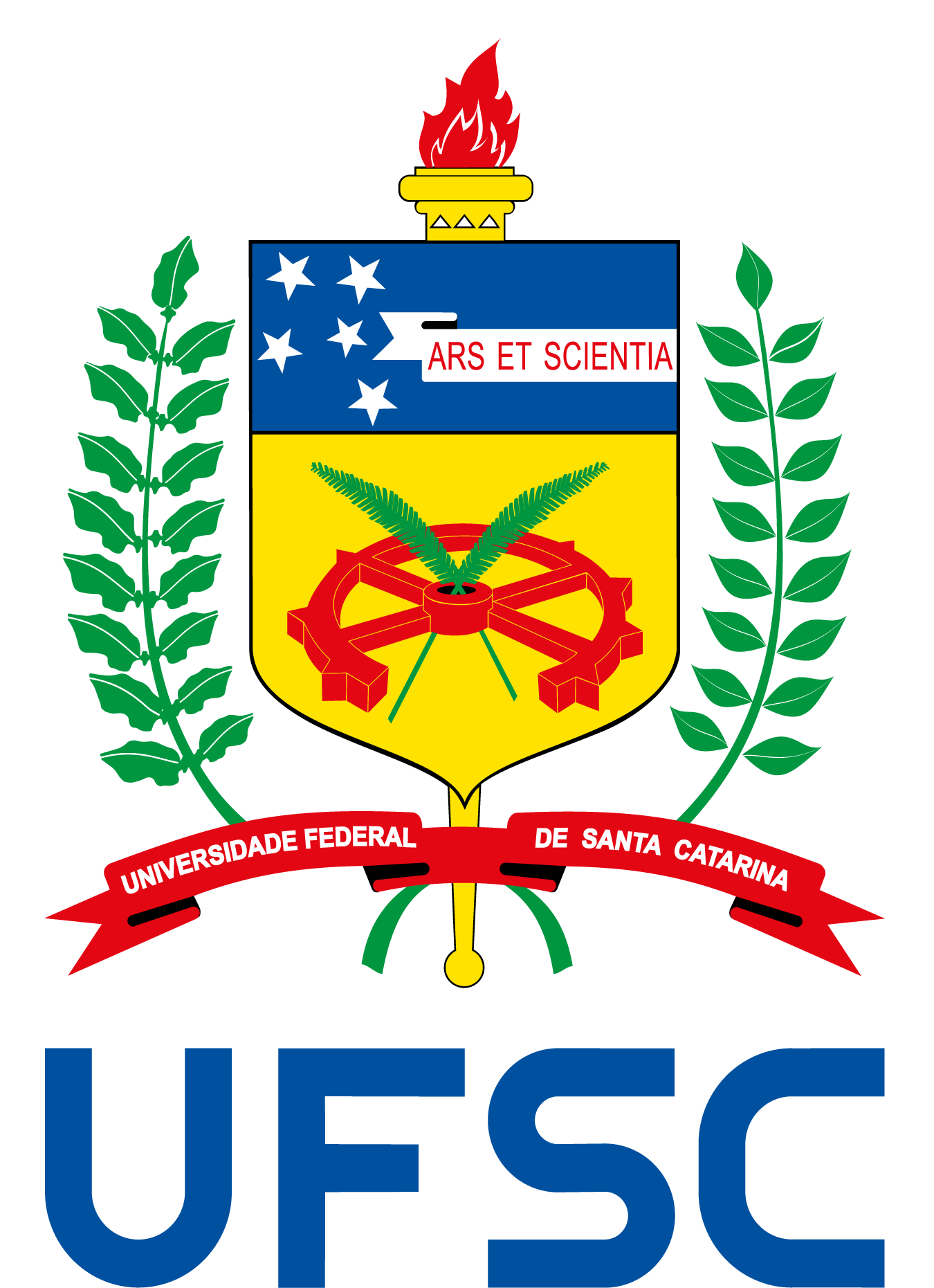Temas
Objective
Applications of the theory of screws are based on a combined representation of angular and linear velocity, or similarly force and moment, as a single element of a six-dimensional vector space.
The importance of screw theory in robotics is widely recognised, in principle. In practice, almost nowhere is it taught to engineering students and few know how to use it. Yet, in a variety of areas of robotics, methods and formalisms based on the geometry and algebra of screws have been shown to be superior to other techniques and have led to significant advances. These include the development of fast and efficient dynamics algorithms, discoveries in the nature of robot compliance and mechanism singularity, and the invention of numerous parallel mechanisms.
The school instructors are the authors of many of these results. They will teach the participants to apply existing techniques and to develop new ones for their own research. The basic theoretical concepts will be introduced in a rigorous manner, but the emphasis will be on applications, with numerous examples and exercises.
Background
The school is intended for graduate students and young researchers in robotics. Participants are expected from both academia and industry.
The course delivers a comprehensive overview of the basic concepts and some of the main applications of screw-theory, and hence will be particularly attractive to doctoral studentsand young researchers in robotics, mechanical engineering, or applied mathematics.
As has been the case in all previous editions of Summer Screws, the advanced topics and the presentation of current progress in this very active field will also be of considerable interest to many senior researchers. The key role of the presented methods in robot design determines the value of the course material to robotics experts from industry.
It is recommended that attendees have their own portable computers, preferably with Matlab and Maple. Alternative equivalent software can also be used. Some experience with (and availability of) 3D CAD software would be helpful but not required.
Software and computer access can be provided to a limited number of participants upon request.
Topics
The material addresses subjects sufficiently fundamental to be within the desirable competence of any mechanical roboticist, and in each area advanced screw-theory based methods have been used to great advantage.
 |
Basic vector-space properties of twists and wrenches: physical interpretation of the linear operations; linear dependence and independence, subspaces; bases and coordinates. (Lecturer: Dimiter Zlatanov) |
 |
Scalar products, dual spaces, reciprocity. Constraint and freedom in mechanisms. Constraint analysis. Type synthesis of single-loop mechanisms and parallel manipulators. (Lecturers: Xianwen Kong andDimiter Zlatanov) |
 |
Velocity and singularity analysis of parallel and interconnected-chain mechanisms. Derivation of input-output velocity equations and singularity conditions. (Lecturers: Matteo Zoppi and Dimiter Zlatanov)
|
 |
Mappings between screw spaces, stiffness and inertia. Structure of robot compliance. Eigenvalue problems and eigenscrews. Synthesis with springs. (Lecturer: Harvey Lipkin)
|
 |
6D formulation of the dynamics of individual rigid bodies and rigid-body systems. Equations of motion. Dynamics algorithms. (Lecturer: Roy Featherstone) |
 |
Basic Lie group theory, matrix representations of the group of rigid-body displacements.Lie algebras as related to screw theory. The exponential map andits applications in modern robotics (Lecturer:Jon Selig). |
Invited Lecture
Previous editions of Summer Screws have included invited lectures by experts from the region where school is held. Past lecturers are Feng Gao from Shanghai Jiao Tong University (2010) and Marco Carricato from the University of Bologna (2012). The tradition continues in 2013.
Topic: Inverse position kinematics of closed-chain mechanisms via screw theory.
Lecturer: Henrique Simas
Lecturers
Dimiter Zlatanov has used screw theory in the singularity and mobility analysis of mechanisms. He is the inventor of one of the first-known 4-dof parallel mechanisms and has presented courses and talks on screw-based methods in various universities.
Xianwen Kong is the inventor of numerous parallel mechanisms and the co-author of the book Type synthesis of parallel mechanisms. His results have been based on methods from screw-system theory.
Matteo Zoppi has developed screw-theoretical techniques for the derivation and application of velocity equations for complex-chain manipulators. He is also the inventor of a number of mechanisms.
Harvey Lipkin has worked more than any one on applying screw-theoretical methods in different areas of robotics and mechanisms, such as hybrid control, compliance, vibrations, and dynamics. He has taught various aspects of screw theory and supervised graduate students in the use of such methods.
Roy Featherstone is the inventor of the Articulated-Body Dynamics Algorithm, and the author of the books Robot Dynamics Algorithms and Rigid Body Dynamics Algorithms.His ground-breaking work in dynamics has relied on a screw-theoretical formalism for the formulation of the equations of motion.
Jon Selig is the foremost specialist on advanced geometrical and group-theoretical methods in robotics. He is the author of the book Geometric Fundamentals of Robotics, and several book chapters on the application of Clifford algebras and Lie group theory. He edited and co-authored the collection Geometrical Foundations of Robotics.
Henrique Simas is this year’s invited Summer Screws lecturer. He developed a new screw-theory based integration method to solve the inverse kinematics of parallel manipulators. He is one the organizers of the Workshop on Mechanisms and Robots Design in Brazil.
All images in the website are included with the agreement of the owners.
Contact us for permission to use.






